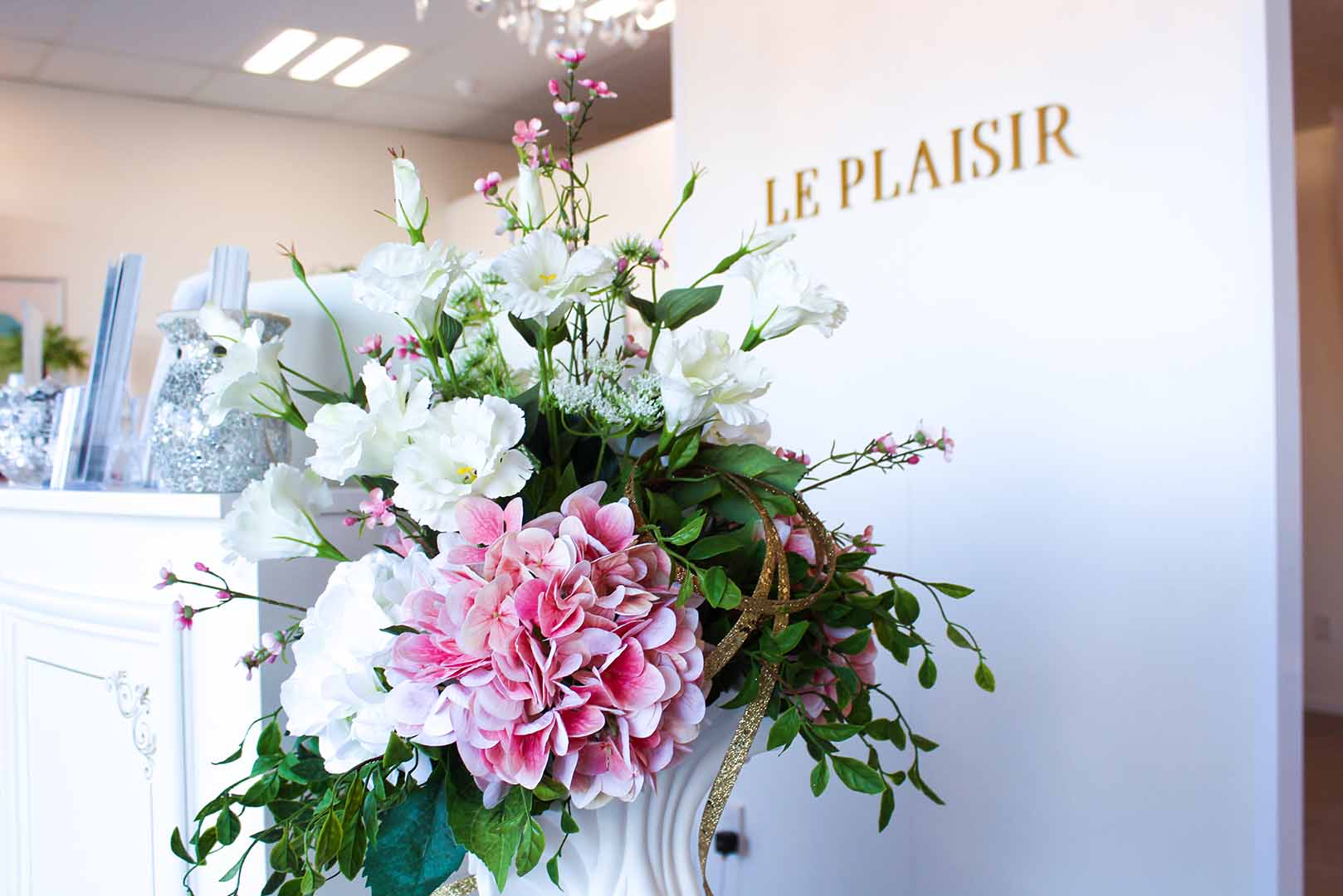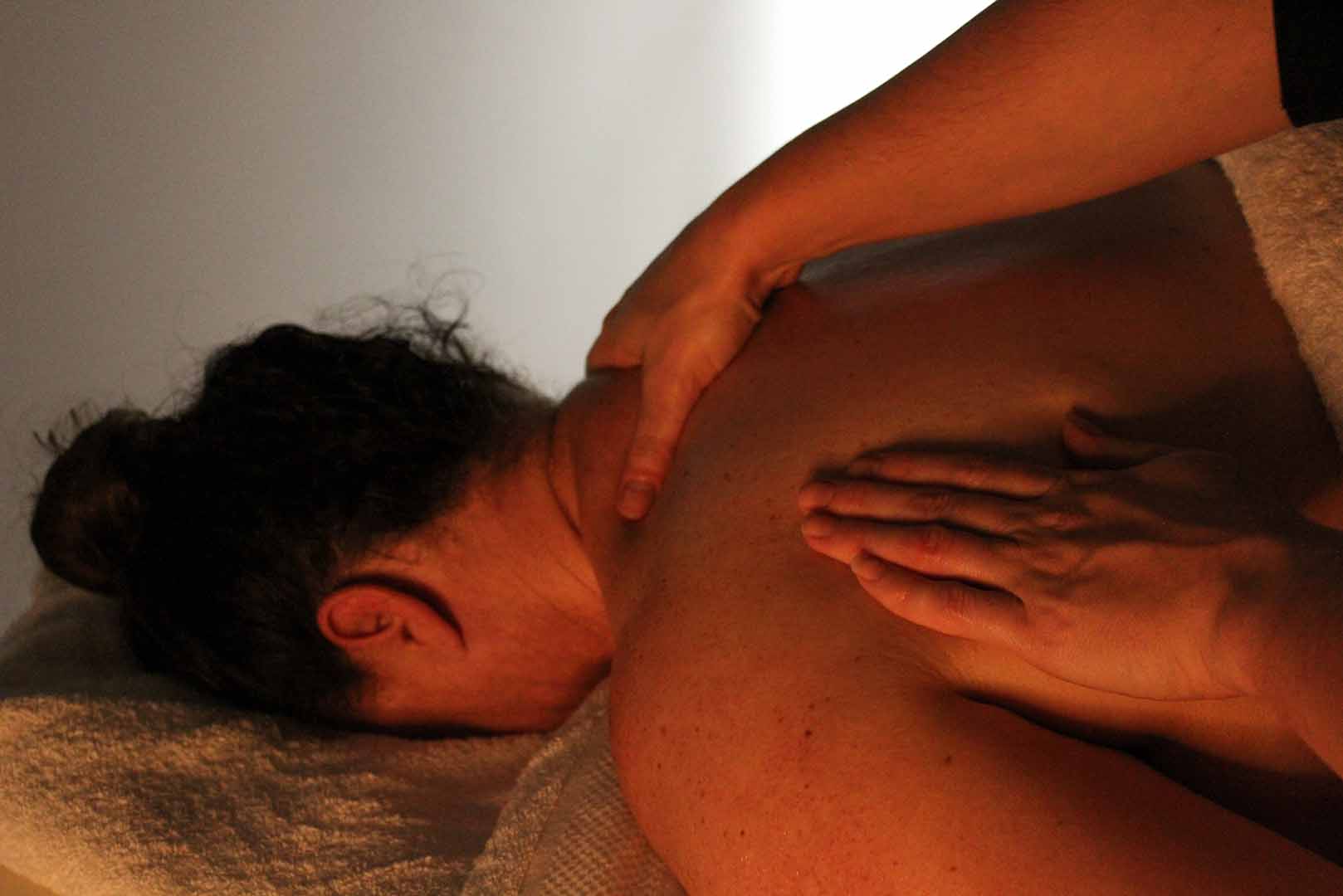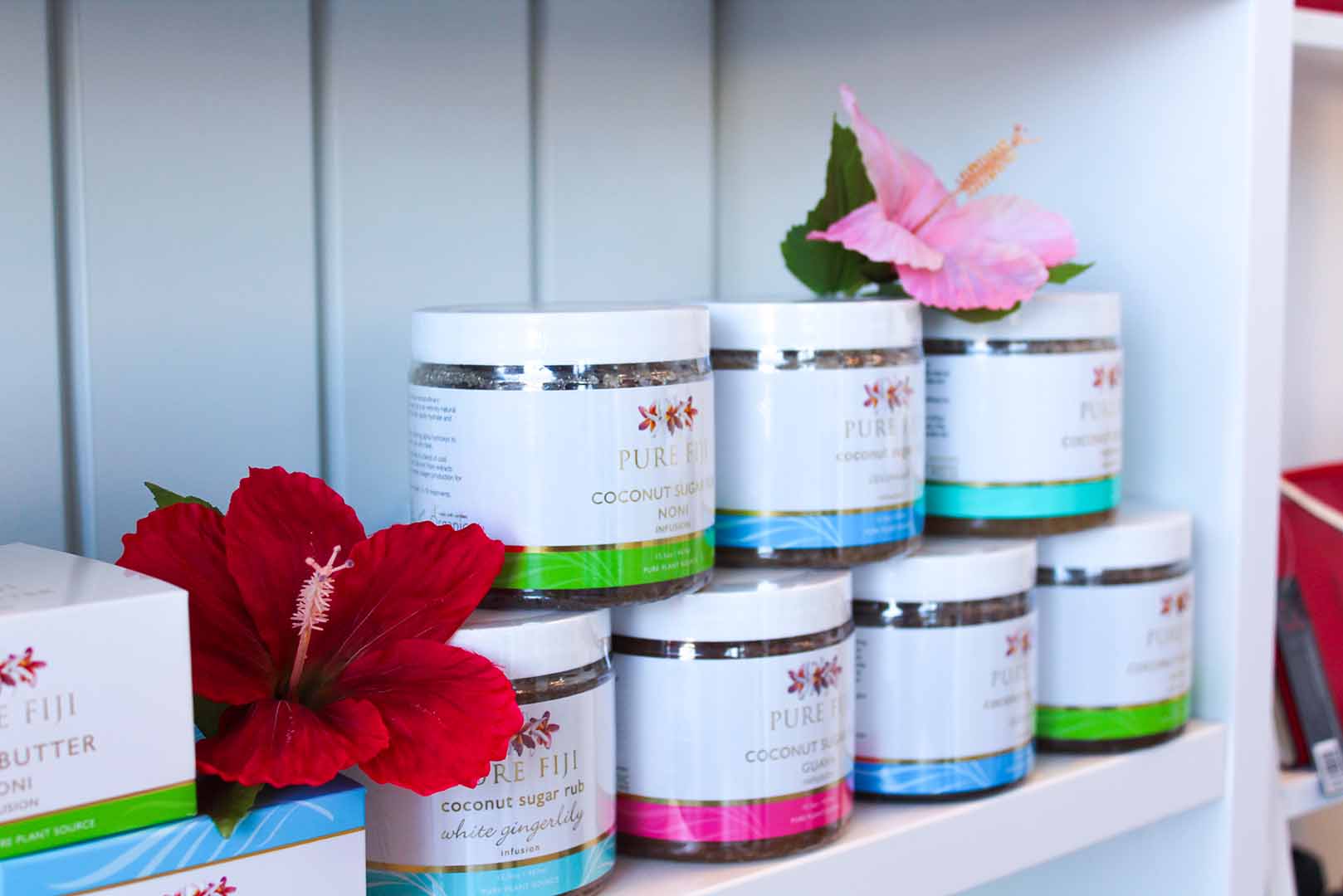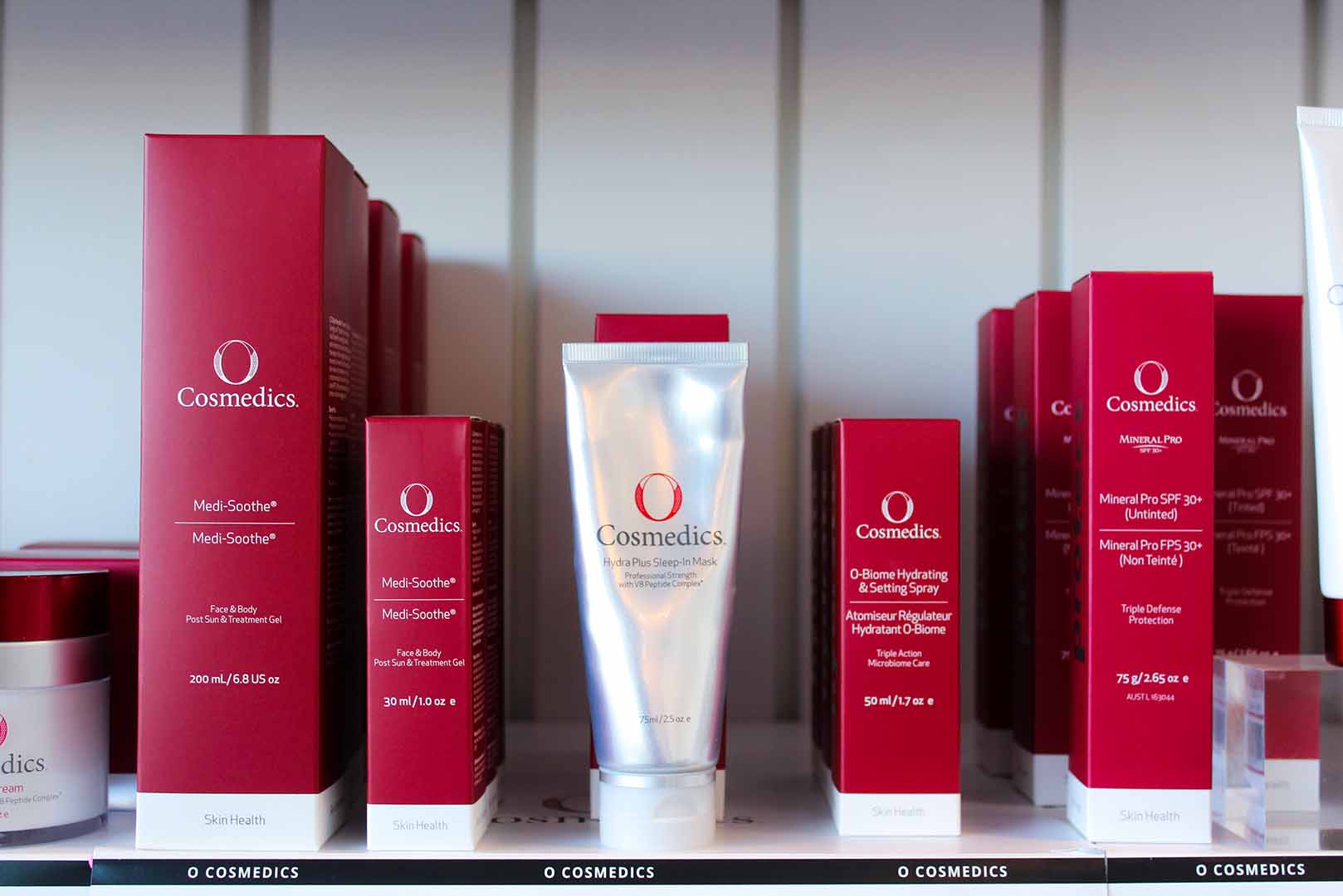In this blog post, we turn the spotlight to Le Plaisir, a charming hair and beauty salon nestled within Silverstream’s thriving retail village. We had the pleasure of sitting down with owner, Aniko, to learn more about what makes Le Plaisir special!
What services do you offer?
We’ve got beauty and hair services. We have beautiful O Cosmedics products and we’ve just introduced Pure Fiji, so we’re reaching out to the body care as well. We do anything and everything in the beauty industry as well as hair.
Tell us about the massage options.
Pru is a qualified massage therapist, so she can provide all sorts of range from deep tissue to hot stone massage to relaxation back and shoulder, which is very popular.
So, tell us what makes Le Plaisir special?
Le Plaisir is special because of the team. They’re lovely, talented, professional ladies and they’re just fantastic.
Check out some of their reviews!
I had a facial by Pru. I can honestly say, it was the most relaxing facial I’ve ever had. The high quality products, the relaxing atmosphere and the amazing hand and arm massage while my face mask was on makes me definitely want to rebook! I don’t recommend anywhere unless the service has been memorable. I will certainly be recommending you Pru. Thank you!
Bliss – booked for Mother of the Bride pamper – Amazing service from onset – treated like princess – bubbles & nibbles felt a million bucks and told I looked it too. 100% must do!
It’s great having a hairdresser who listens. Great stylist, great staff, great salon.







